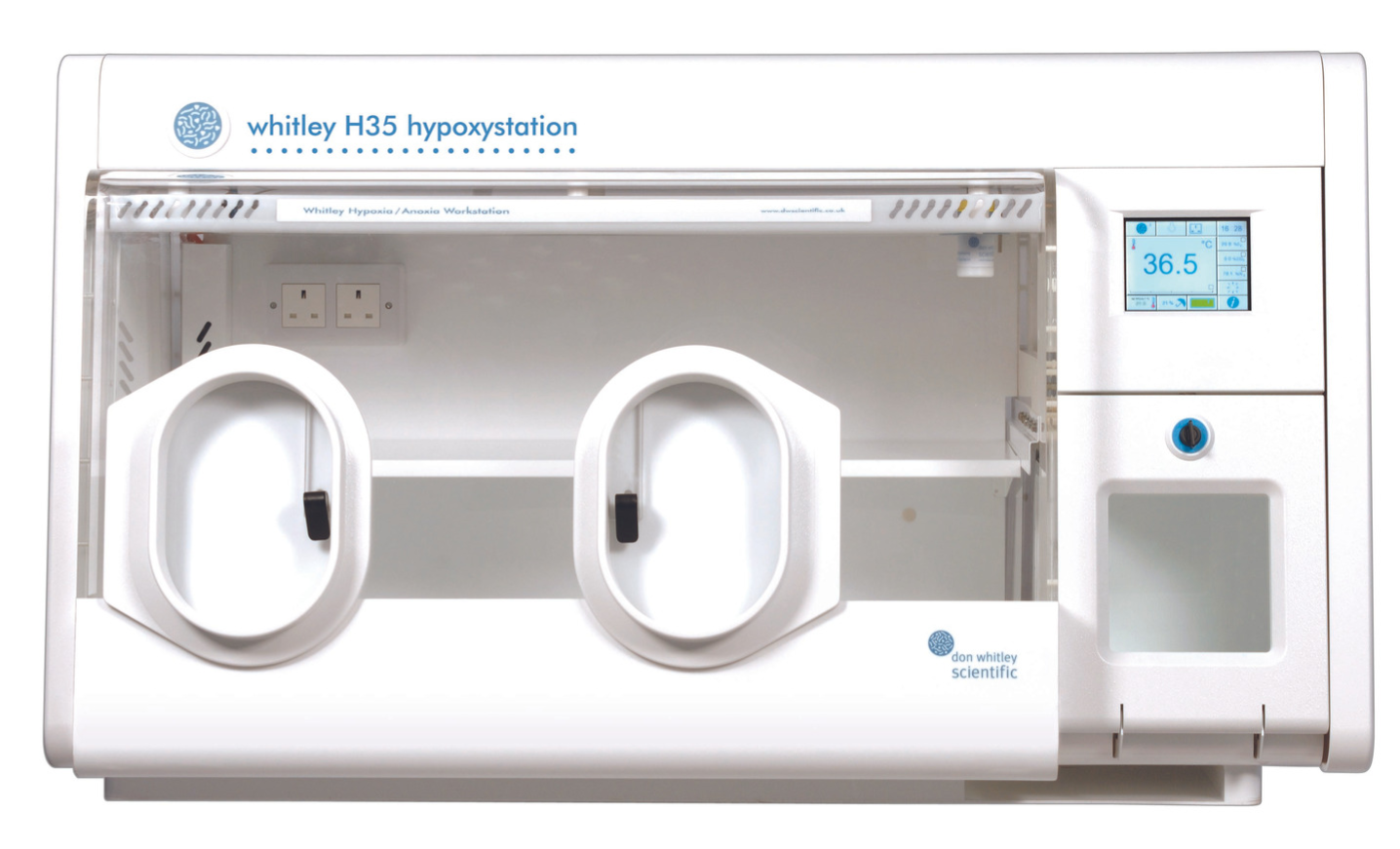
Illustration of a breast cancer cell dividing
Undoubtedly, awareness of male breast cancer is a lot less than that of female breast cancer, which is likely due to the lower number of incidences, with approximately only 1% of cases occurring in men [1]. Compared to over 50 years ago, cases have increased by just under 50% and are set to continue rising, making research into male breast cancer just as crucial [1]. Risk factors for male breast cancer include obesity, family genetics (i.e., mutations in the BRCA2 gene), age, high oestrogen levels and genetic conditions, such as Klinefelter’s syndrome (where a male has an additional copy of the X chromosome), which causes decreased testosterone levels [2].
Research into the aetiology and possible treatments is benefited by the similarities between female and male breast cancer [2]. There are a limited number of male breast cancer studies available due to the low incidence rate making sample sizes small, however the similarities between male and female breast cancer makes extrapolation of results possible [3] [2]. A ubiquitous feature of breast cancer is hypoxia, which is responsible for tumour growth and metastasis [4]. Investigations at a cellular level have shown that extracellular secretion is promoted in hypoxic environments [4]. Extracellular vesicle secretion promotes epithelial-to-mesenchymal transition and metastatic growth via intercellular communication, so this partially explains why hypoxia causes tumour progression [4]. A 2022 study investigated the effects of hypoxic small extracellular vesicles (SEVh) in breast tumour cells in cell lines exposed to hypoxia compared to normoxia. Normoxic oxygen concentration was 20%, whilst hypoxia was maintained at 1% oxygen using a Whitley H35 Hypoxystation; an oxygen concentration below 4% was chosen for hypoxia because this is the threshold at which HIF1-α expression is induced [4]. They found that in normoxic conditions, SEVh was responsible for damage to the extracellular matrix and matrix metalloprotease secretion [4].
 SEVh in hypoxia also damaged structural stability of the cells by disrupting the availability of integrin, which regulates tumour-progressing processes such as proliferation [4]. Overall, this study demonstrated that hypoxic signalling is important in metastasis and contributes to intercellular communication between breast tumour cells and neighbouring healthy cells [4].
SEVh in hypoxia also damaged structural stability of the cells by disrupting the availability of integrin, which regulates tumour-progressing processes such as proliferation [4]. Overall, this study demonstrated that hypoxic signalling is important in metastasis and contributes to intercellular communication between breast tumour cells and neighbouring healthy cells [4].
There is published evidence for key biological differences between male and female breast cancer, so whilst female breast cancer research is useful, it is limited in advancing our understanding of metabolic processing and tumour progression in male breast cancers [3]. If its incidence continues to rise, more scientists will study the biological processing and potential treatments for male breast cancer [3].
If you are interested in seeing more of the the Hypoxystation Range please click on this link or, if you would like to access a database of published papers, follow this link.
Written by DWS microbiologist Kirsty McTear
References:
- Makdissi FB, Santos SS, Bitencourt A, Campos FA. An introduction to male breast cancer for urologists: Epidemiology, diagnosis, principles of treatment, and special situations. International braz j urol. 2022;48(5):760–70.
- Cancer Research UK. Breast cancer in men [Internet]. Breast cancer in men | Cancer Research UK. 2020 [cited 2023Jan26]. Available from: https://www.cancerresearchuk.org/about-cancer/breast-cancer/stages-types-grades/types/male-breast-cancer
- Yao N, Shi W, Liu T, Siyin ST, Wang W, Duan N, et al. Clinicopathologic characteristics and prognosis for male breast cancer compared to female breast cancer. Scientific Reports. 2022;12(1).
- Pachane BC, Nunes AC, Cataldi TR, Micocci KC, Moreira BC, Labate CA, et al. Small extracellular vesicles from hypoxic triple-negative breast cancer cells induce oxygen-dependent cell invasion. International Journal of Molecular Sciences. 2022;23(20):12646.


 au
au

 English
English